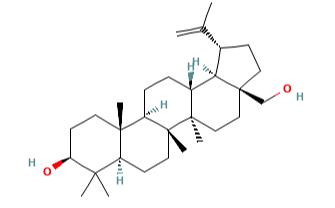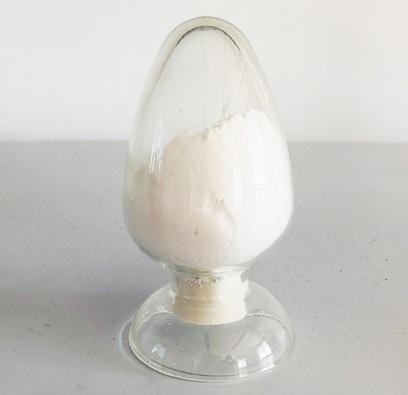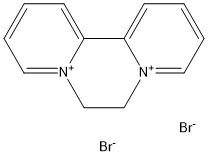Toxicity of Diquat (DQ)
Oct 15,2021
Diquat (DQ) is a bipyridyl herbicide that has been in use since the 1950s. It is employed as a general use herbicide that is fast acting and nonselective. Additionally, on average, 90% of DQ consumption is reported in North America, Europe, Australia, and Japan.
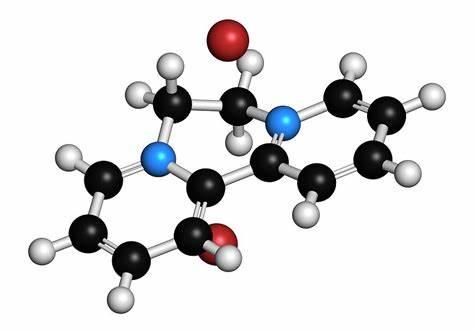
Mechanism of Toxicity
DQ is a dipyridyl compound that is capable of redox cycling. DQ can become reduced to produce a free radical. It can then transfer this electron to molecular oxygen to yield superoxide anion. This redox cycling mechanism allows DQ to generate reactive oxygen species (ROS) resulting in oxidative stress, damage to cellular macromolecules and even cell death. Due to its standard redox potential (E0), DQ is more likely to accept an electron compared to paraquat. Because of this property, DQ is expected to generate greater amounts of ROS compared to paraquat at equivalent concentrations. In vitro studies have shown that DQ is dependent on mitochondrial complex I and III in isolated mitochondria and primarily complex III in midbrain neuronal cultures for ROS production. DQ treatment can lead to NADPH depletion, lipid peroxidation, alteration in intracellular redox status, and liberation of ferritin-bound iron stores.
Environmental Fate
DQ is strongly absorbed by soil and binds very strongly to clay particles and organic material. This strong binding results in the pesticide being biologically and chemically inactive. Because of this property it is very unlikely that it will be leached from the soil by seeping water, taken up by plants, broken down by microbes, or photodegraded. DQ residues have been found to persist in soil for many years with very little degradation; however, DQ does not penetrate below the first inch of soil. DQ is applied to aquatic systems to control aquatic weed growth and the half-life is less than 48 h in water. DQ will photodegrade in surface waters in 1–3 weeks. This time will increase if DQ becomes bound to suspended particles. Finally, the Environmental Protection Agency requires a 14-day interval between water treatment with DQ and the use of treated waters for domestic, livestock, or irrigation purposes.
Application
DQ is used in a manner similar to paraquat. It is found predominantly as a mixture with paraquat, sold as Weedol and Pathclear. The most widely used formulation of DQ alone, Reglone, is an aqueous solution containing 200 g l-1 DQ dibromide. Besides the use as a general weed control agent on noncrop land, DQ is used as a preharvest desiccant on crops such as cotton, flax, and alfalfa. Additionally, almost one-third of all DQ sold is used to control emergent and subemergent aquatic weeds.
- Related articles
- Related Qustion
Betulin was first observed by Lowitz in 1788, from the sublimation products of birch bark. Betulinic acid (3β, hydroxyl-lup-20(29)-en-28-oic acid) (BA) is a triterpenoid of lupane-structured pentacyclic triterpene.....
Oct 15,2021Natural ProductsDiuron is used as an herbicide for weed control on noncrop lands and agricultural crops such as asparagus, pineapple, cotton, and sugarcane.....
Oct 15,2021Pesticide IntermediatesDiquat dibromide
85-00-7You may like
Diquat dibromide manufacturers
- Diquat dibromide
-
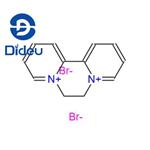
- $0.00 / 25kg
- 2025-12-01
- CAS:85-00-7
- Min. Order: 1kg
- Purity: 98%
- Supply Ability: 1000kg
- Diquat dibromide
-

- $1.00 / 1KG
- 2020-02-20
- CAS:85-00-7
- Min. Order: 1KG
- Purity: 98%HPLC
- Supply Ability: 10Tons




